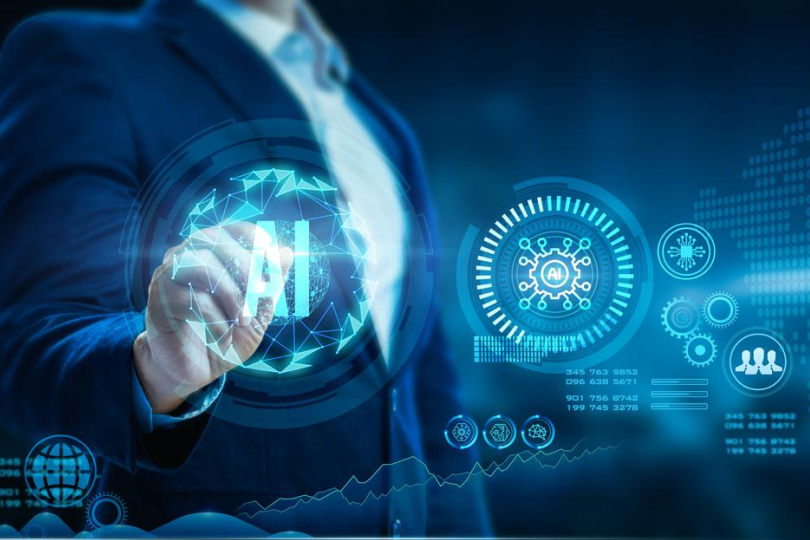
- May 23, 2024
- Abi Therala
- 0
GPT-4o: A Multimodal Revolution in Large Language Models
GPT-4o, unveiled by OpenAI in May 2024, isn’t just an upgrade; it’s a paradigm shift in the world of large language models. The “o” stands for “omni,” reflecting its ability to handle not just text, but a symphony of data types – a true revolution in human-computer interaction. Let’s delve into the world of GPT-4o, exploring its groundbreaking capabilities, the vast potential it holds, and the ethical considerations that come with such power.
As the latest iteration in the GPT series, GPT-4o represents a significant leap forward in AI technology. It is designed to integrate and process multiple forms of data, pushing the boundaries of what AI can achieve. This innovation promises to transform various sectors, from education to entertainment, by providing more nuanced and effective tools for communication and creation. The advent of GPT-4o signifies a new era where machines can interact with humans in ways that are increasingly sophisticated and intuitive.

Beyond Text: Embracing the Multimodal
Unlike its predecessor, GPT-4, which primarily focused on text, GPT-4o is a multimodal marvel. It can seamlessly accept and generate text, audio, and images. Imagine having a conversation where you can not only type but also show an image and receive a response that incorporates both the visual and textual information. This multimodal prowess allows GPT-4o to mimic human communication more naturally, processing information in the way we do – through a combination of words, sights, and sounds.
The multimodal capabilities of GPT-4o open up new possibilities for interactive and immersive experiences. For example, in a virtual classroom, a teacher could use GPT-4o to explain a complex scientific concept by combining verbal explanations with dynamic visual aids and relevant audio cues. This holistic approach to data processing and response generation makes GPT-4o an incredibly versatile tool, capable of enhancing various applications and providing users with more comprehensive and engaging interactions.
The GPT-4o Effect: Transforming Industries
The ramifications of GPT-4o’s capabilities extend far beyond creative exploration. Here’s a glimpse into how it’s transforming various industries:
- Education: Imagine textbooks coming alive. GPT-4o can generate interactive learning experiences, tailoring explanations and visualizations to individual student needs. Its ability to understand complex concepts can be a boon for personalized learning pathways.
- Product Design: Prototyping can be revolutionized with GPT-4o. Describe a product idea with text or a sketch, and GPT-4o can generate 3D models or technical specifications, accelerating the design process.
- Marketing and Advertising: Personalized marketing campaigns can reach new heights with GPT-4o. Imagine crafting targeted ads that not only use the right words but also leverage captivating visuals or audio snippets generated by the model based on audience demographics and preferences.
- Scientific Research: GPT-4o can be a powerful tool for scientists. It can analyze vast datasets, generate hypotheses based on that data, and even propose new research avenues.
- Customer Service: Businesses can leverage GPT-4o to develop chatbots that can not only answer questions but also understand the emotional tone of a customer’s voice, leading to more empathetic and effective interactions.
These are just a few examples, and the possibilities are constantly evolving. As developers and researchers explore the potential of GPT-4o, we can expect even more groundbreaking applications to emerge in the years to come.
Challenges and Considerations: Responsible Development
While GPT-4o presents a future brimming with possibilities, challenges remain. Here are some key areas of consideration:
- Bias: A concern with all machine learning models, bias can creep into GPT-4o’s outputs if its training data is skewed. OpenAI is actively working on mitigating bias, but continued vigilance is necessary to ensure fair and unbiased results.
- Misinformation: The ability to generate realistic audio and images raises concerns about potential misuse. Malicious actors could use GPT-4o to create deepfakes or other forms of misinformation. Safeguards and detection methods need to be developed to address this challenge.
- Job displacement: As GPT-4o automates tasks in various fields, concerns arise about job displacement. However, history suggests that AI often creates new jobs while eliminating others. The focus should be on reskilling and upskilling the workforce to adapt to the changing landscape.
- Transparency and Explainability: Understanding how GPT-4o arrives at its outputs is crucial. Developers need to create mechanisms for users to understand the reasoning behind GPT-4o’s responses, fostering trust and responsible use.
The Road Ahead: A Future of Collaboration
The development of GPT-4o marks a significant milestone in the journey of large language models. As research continues, we can expect these models to become even more sophisticated, blurring the lines between human and machine capabilities. However, it’s crucial to remember that GPT-4o, like any tool, is most valuable when used responsibly and collaboratively. By harnessing its power thoughtfully, we can unlock a future where human creativity and AI innovation go hand in hand.
The path forward for GPT-4o involves a collaborative effort between developers, users, and policymakers. Ensuring that this technology is used ethically and effectively will require robust guidelines and ongoing education about its capabilities and limitations. As we integrate GPT-4o into more aspects of daily life, the focus should remain on leveraging its strengths to enhance human abilities while mitigating potential risks. With responsible development and use, GPT-4o has the potential to be a transformative force for good in the world.


